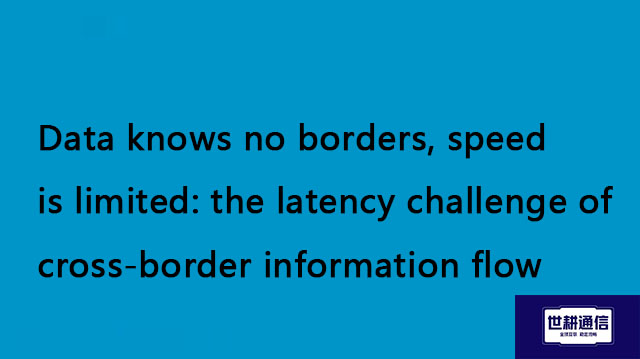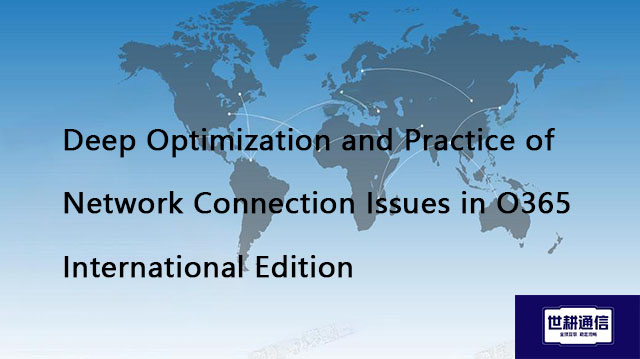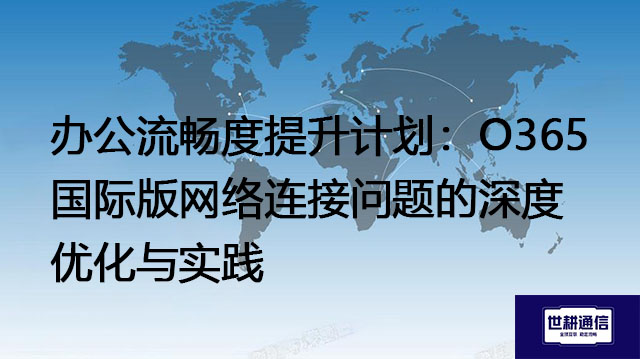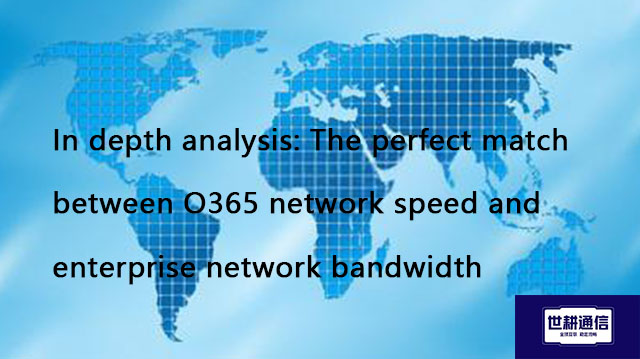Data knows no borders, speed is limited: the latency challenge of cross-border information flow//Global IPLC service provider of Shigeng Communication
一、In the digital age of the 'global village', the ideal picture of 'data without borders' is repeatedly depicted. However, when information truly crosses borders, reality is far from instantaneous - physical laws, infrastructure bottlenecks, and artificial policy barriers are like invisible speed bumps, weaving together a complex network of time delays that hinder the free flow of global data.
The speed of light is not omnipotent, and physical boundaries are difficult to cross
Even though electromagnetic waves travel at 300000 kilometers per second, physical distance remains a fundamental obstacle that cannot be avoided:
The absolute limit of the speed of light: The ideal theoretical delay for direct fiber optic cable connection between China and the United States is about 67 milliseconds (unidirectional), but in reality, due to complex geographical routing and equipment processing, it often exceeds 150 milliseconds. In high-frequency financial trading, a few tens of milliseconds difference is enough to determine profits and losses.
The physical bottleneck of infrastructure: Information does not only travel in a "straight line", but also relies on the complex global sea land fiber optic cable network. A data packet spanning the Pacific may pass through multiple relay stations, increasing cumulative delay with each signal regeneration and routing selection.
The last mile challenge: Low broadband access rates and poor quality in developing regions. Although users are in the "global network", local access latency can reach hundreds of milliseconds, forming a de facto digital island.
Artificial Boundaries: The Invisible Deceleration Belt of Policy and Economy
The national will and economic differences build another high wall:
Policy review and data localization: Multiple countries require domestic storage of data for security or sovereignty reasons (such as EU GDPR, Russian data localization laws). Cross border access requires additional compliance checks and cross-border transmission protocols, significantly increasing policy latency.
Fragmented network governance: Under the concept of "network sovereignty", different countries have different firewall and traffic management policies. Data crossing different regulatory domains requires "customs clearance and inspection", resulting in artificial blocking points.
The bandwidth barrier of economic divide: High quality international bandwidth is costly. The cost of renting the same amount of bandwidth in African countries can reach ten times that of Europe and America, forcing local users to endure low-speed and high latency connections and falling into a vicious cycle.
The Pain of Time Delay: Beyond the Social Cost of Technology
Cross border latency is not only a technical parameter, but also has a profound impact on global collaboration and fairness
Real time collaboration is hindered: cross-border remote surgery and global collaborative research and development rely on low latency. Delay fluctuations can reduce efficiency in mild cases and lead to operational errors in severe cases.
Imbalance between market efficiency and fairness: In financial transactions, data centers close to exchanges ("near counter trading") enjoy speed privileges, while geographically marginalized participants are naturally disadvantaged, challenging market fairness.
Deepening digital divide: Regions with underdeveloped infrastructure find it difficult to access global education and healthcare resources equally due to high latency, and global digital inequality is once again amplified in terms of speed.
The Way to Break Through Walls: Technological Innovation and Global Governance
Solving the latency dilemma requires multidimensional collaboration:
Technological breakthrough: Low Earth orbit satellite constellations (such as Starlink) are attempting to cover remote areas, and quantum communication research is exploring the possibility of ultra secure and ultra fast transmission in the future. Edge computing pushes data processing to the user side to reduce cross-border transmission demand.
Infrastructure universal upgrading: The international community needs to increase support for digital infrastructure in developing regions, promote the co construction and sharing of submarine optical cables, and reduce access costs.
Rule consultation and mutual trust: Countries should explore conventions on cross-border data flow rules (such as DEPA) while respecting sovereignty, establish a mutually recognized "digital passport" mechanism, and simplify compliance processes.
When the data flood attempts to break through traditional national borders, the laws of physics and the rule-based dams constructed by humans tame it in rivers with different flow rates. Humanity is striving to find a balance between the ideal of "borderless" and the reality of "speed limits". Cross border latency is not only a technical indicator, but also a test of global cooperation wisdom and shared development commitments. Only when the barrier of speed is truly broken, can the boundless flow of data fulfill its ultimate promise of empowering all humanity.

二、Shigeng Communication Global Office Network Products:
The global office network product of Shigeng Communication is a high-quality product developed by the company for Chinese and foreign enterprise customers to access the application data transmission internet of overseas enterprises by making full use of its own network coverage and network management advantages.
Features of Global Application Network Products for Multinational Enterprises:
1. Quickly access global Internet cloud platform resources
2. Stable and low latency global cloud based video conferencing
3. Convenient and fast use of Internet resource sharing cloud platform (OA/ERP/cloud storage and other applications
Product tariff:
Global office network expenses | Monthly rent payment/yuan | Annual payment/yuan | Remarks |
Quality Package 1 | 1000 | 10800 | Free testing experience for 7 days |
Quality Package 2 | 1500 | 14400 | Free testing experience for 7 days |
Dedicated line package | 2400 | 19200 | Free testing experience for 7 days |







